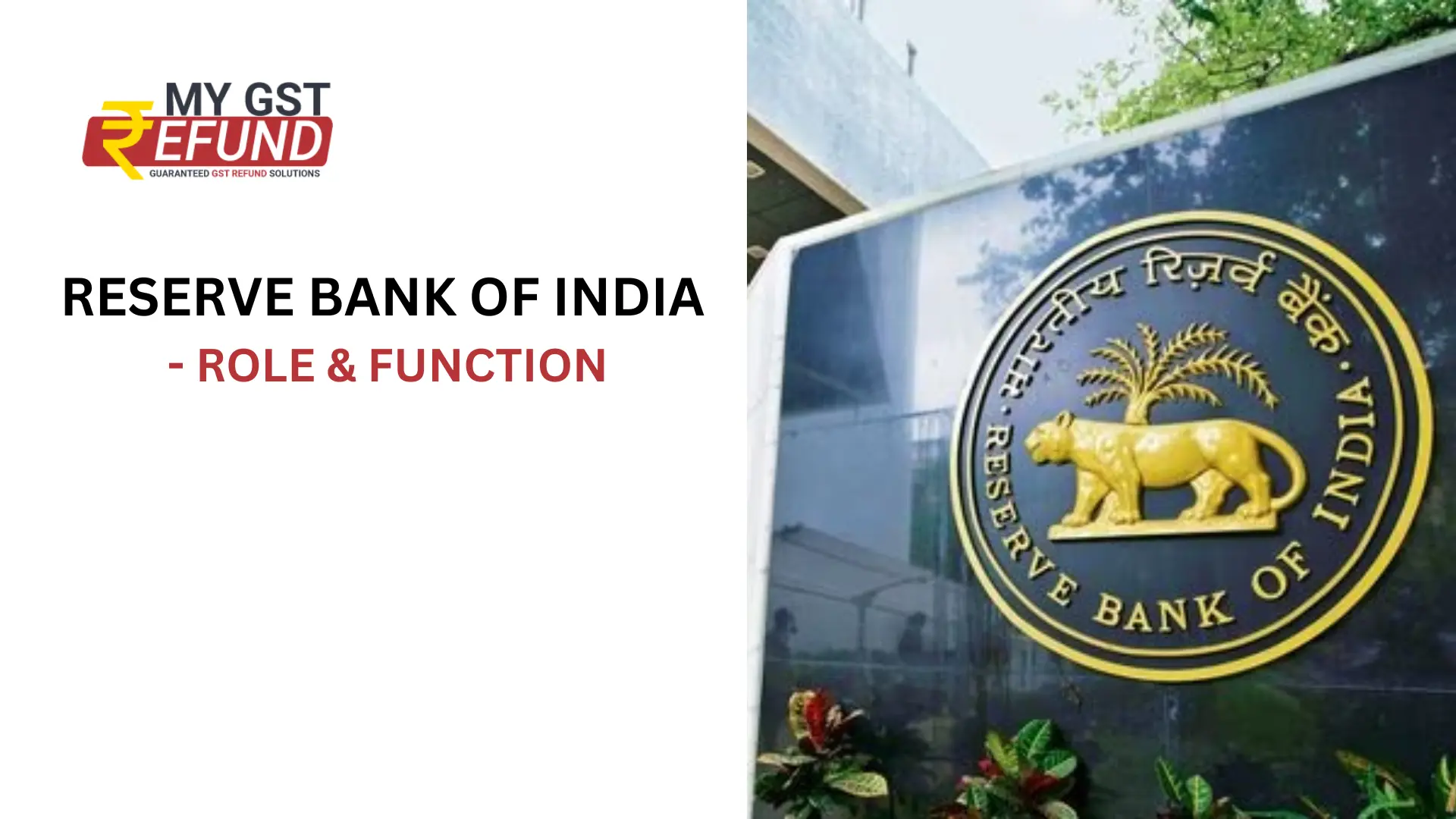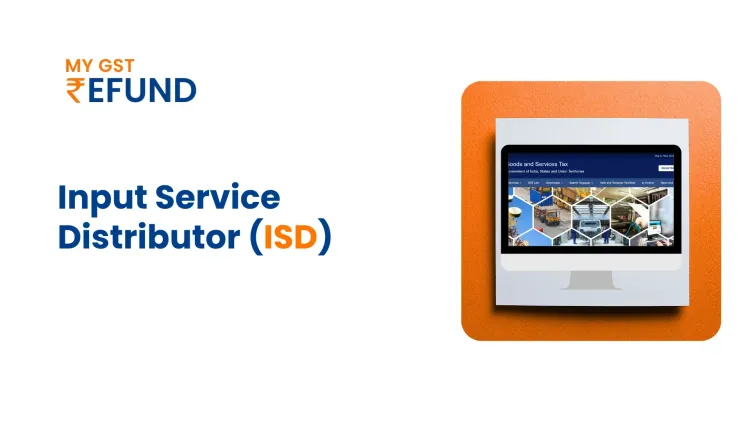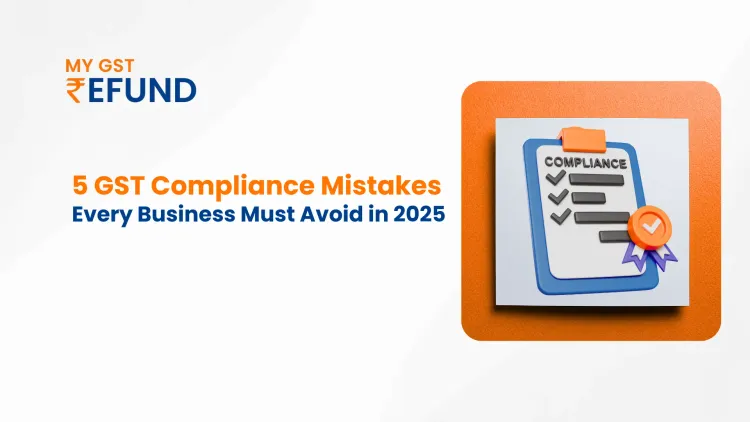Reserve Bank Of India : ROLE & FUNCTION
The Reserve Bank of India (RBI) is like the main bank of India. It makes sure banks follow the rules. It's part of the Indian government's Ministry of Finance. The RBI is the one that makes and gives out Indian money, like rupees. It also looks after the big paymentOne part of the RBI, called the Bharatiya Reserve Bank Note Mudran, is responsible for printing and making Indian money, like notes and coins. Another part, called the National Payments Corporation of India, was made to keep an eye on how money moves around in India. There's also the Deposit Insurance and Credit Guarantee Corporation, which is a part of the RBI. It helps to keep people's money safe by giving insurance to banks in case something goes wrong.
Understanding the Reserve Bank Of India
The Reserve Bank of India (RBI), headquartered in Mumbai, plays a crucial role in the country's financial market. It sets the Mumbai Interbank Offer Rate (MIBOR), a key benchmark for interest rates in India. Primarily, the RBI supervises India's financial sector, including banks, financial institutions, and non-banking finance firms. It implements various initiatives like transformation bank inspections and enhancing off-site policing to ensure a strong financial system.
Another vital function is developing, applying, and monitoring India's monetary policy, aiming at maintaining price stability and ensuring credit flow to productive sectors. The RBI also manages foreign exchange under the Foreign Exchange Management Act of 1999, facilitating external trade and payments to improve the foreign exchange market. As a regulator and supervisor, the RBI boosts public confidence in the financial system, protects interest rates, and provides reliable banking options. Additionally, it issues national currency, controlling its circulation by issuing or withdrawing currency as needed. This ensures a stable supply of dependable notes and coins for the Indian public, addressing historic currency concerns.
Reserve Bank Of India Departments
The Reserve Bank of India has several departments, each with its own specific role. Some of the key departments are:
Department of Monetary Policy: Makes and carries out plans for money management to keep prices stable and the economy growing.
Department of Banking Regulation: Keeps an eye on banks and other financial institutions to make sure they're working well and staying stable.
Department of Currency Management: Handles making and moving around paper money and coins.
Department of Payment and Settlement Systems: Keeps an eye on how payments and transfers are made to make sure they're safe, smooth, and reliable.
Department of Economic and Policy Research: Studies the economy and gives advice to help make policies and keep track of how the economy is doing.
Department of Information Technology: Takes care of the computer systems and programs that help the Reserve Bank of India do its work.
Reserve Bank Of India Operations
The RBI, initially a private entity, became government-owned in 1949. Its central board of directors is chosen by the national government. This practice has remained consistent since the RBI became fully government-owned, as stated in the Reserve Bank of India Act. Directors serve a four-year term.
Presently, the RBI's main focus is on intensifying its oversight of financial institutions. It also addresses legal matters concerning bank fraud and consolidated accounting. Additionally, it aims to establish a supervisory rating model for banks.
Reserve Bank Of India and Communication
The Reserve Bank of India admits how important communication is in today's central banking. On its website, it highlights the importance of working together in making decisions about monetary policy. The RBI's communication policy follows key principles like being relevant, clear, transparent, thorough, and timely. Its goal is to help the public understand what's happening in different areas.
In its medium-term vision statement called "Utkarsh 2022," the RBI outlines goals like doing its main jobs well, gaining more trust from the public, being important nationally and globally, having clear rules, having modern tools, and having skilled workers. To reach these goals, the RBI plans to build on past successes, make the most of new chances, and tackle future problems with specific, time-based targets. The RBI promises to review its communication policy every three years. This shows that it knows communication is always changing and is very important for doing central banking well.
RBI’s Role in Business Facilitation
The government plays a significant role in promoting business growth, with the Reserve Bank of India (RBI) serving as a crucial component. Let's explore how the RBI contributes to business and economic expansion.
Creating Currency Policy: You may recall the replacement of old currency notes, a process in which the RBI played a crucial role. This underlines its authority in determining the country's monetary supply, known as currency policy. Money is critical for the smooth operation of businesses. It's required for purchasing goods, paying employees, and facilitating international trade. The RBI manages the circulation of money, ensuring an enough supply while also handling foreign currency transactions.
Facilitating Financing: Access to capital is vital for starting or growing businesses. While the RBI doesn't directly provide funds to businesses, it regulates the advancing practices of banks. It creates guidelines for banks, including reserve requirements, influencing their lending capacity to individuals and enterprises. Sometimes, the RBI may arrange support for specific industries, such as steel production. In such cases, it may instruct banks to improve lending processes for these sectors. Additionally, it implements special orders, like the significance Lending Sector, encouraging banks to increase lending to designated sectors.
Functions of the RBI
Generating Currency: The Reserve Bank of India (RBI) has the exclusive authority to produce currency within the nation. It oversees the printing, distribution, and regulation of the amount of currency in circulation, ensuring a balanced supply.
Assisting Government Finances: Even governmental entities require banking services at times. The RBI aids the government by managing its deposits, and withdrawals, and providing financial assistance through loans when necessary.
Supporting Financial Institutions: The RBI supervises and supports all banks operating within the country. It provides financial assistance to banks in need and establishes regulations governing their lending and borrowing activities.
Overseeing International Finances: The RBI monitors the exchange rate of the country's currency against foreign currencies. It maintains foreign currency reserves to stabilize the domestic currency's value in the international market.
Regulating Monetary Flow: The primary responsibility of the RBI is to regulate the circulation of money within the nation. It determines the appropriate level of liquidity in the economy, controlling the availability of funds for borrowing and spending.
Conclusion
The Reserve Bank of India (RBI) helps businesses and the economy in India in many important ways. It manages the country's money, makes sure banks work well, and keeps an eye on how money moves around. This helps create a good environment for businesses to do well. The RBI also makes sure there's enough money for businesses to borrow and invest in growing. It supports government transactions, keeps the financial system stable, and manages foreign money too. Overall, the RBI's work helps businesses grow and supports India's progress worldwide.
FAQs
Q.1 What is the full form of RCB ?
Ans. Reserve Bank Of India
Q.2 In which state headquarters of RBI is located ?
Ans.Mumbai
Q.3 Is RBI public or private ?
Ans. The RBI has been fully owned by the Government of India since its nationalisation in 1949.
Related Posts








